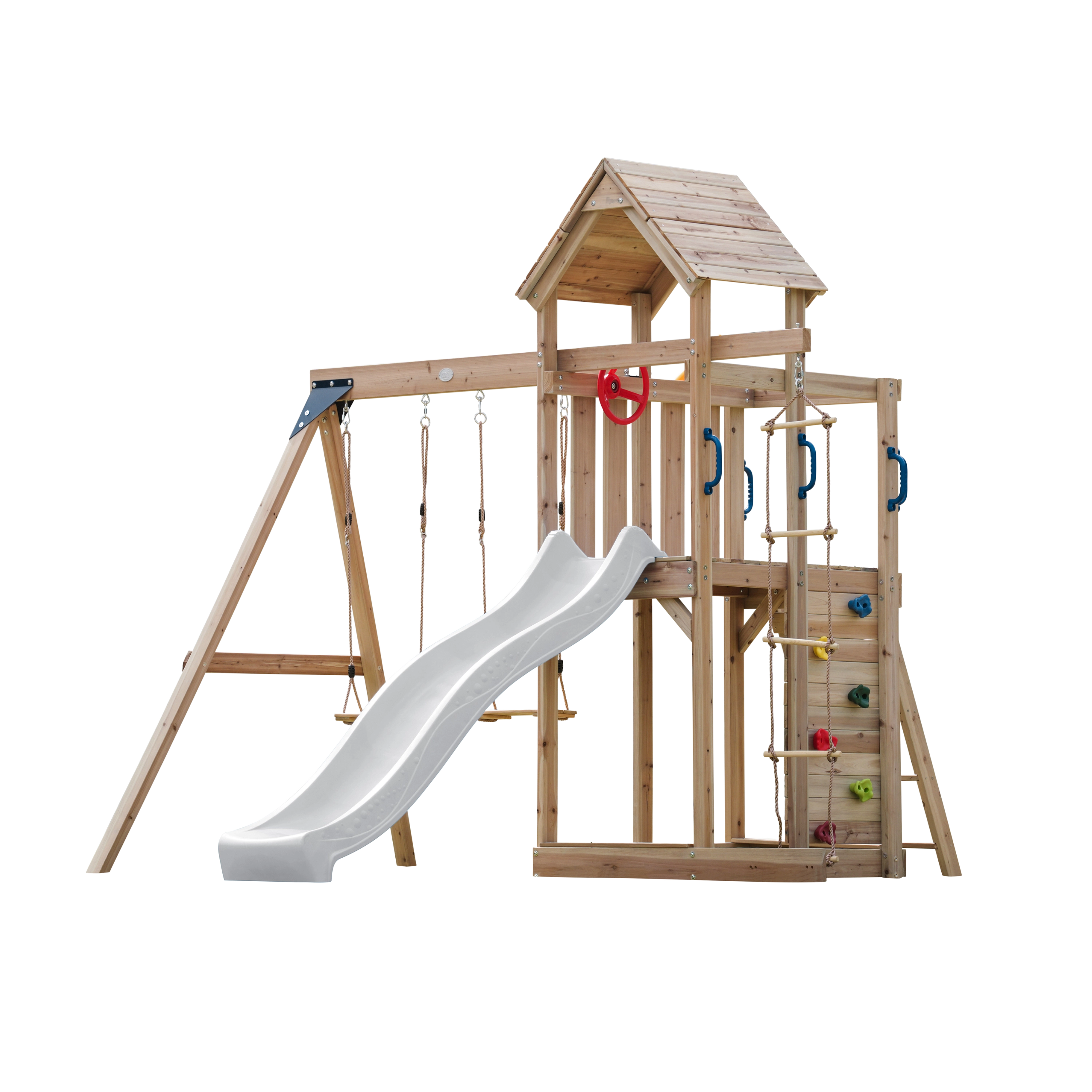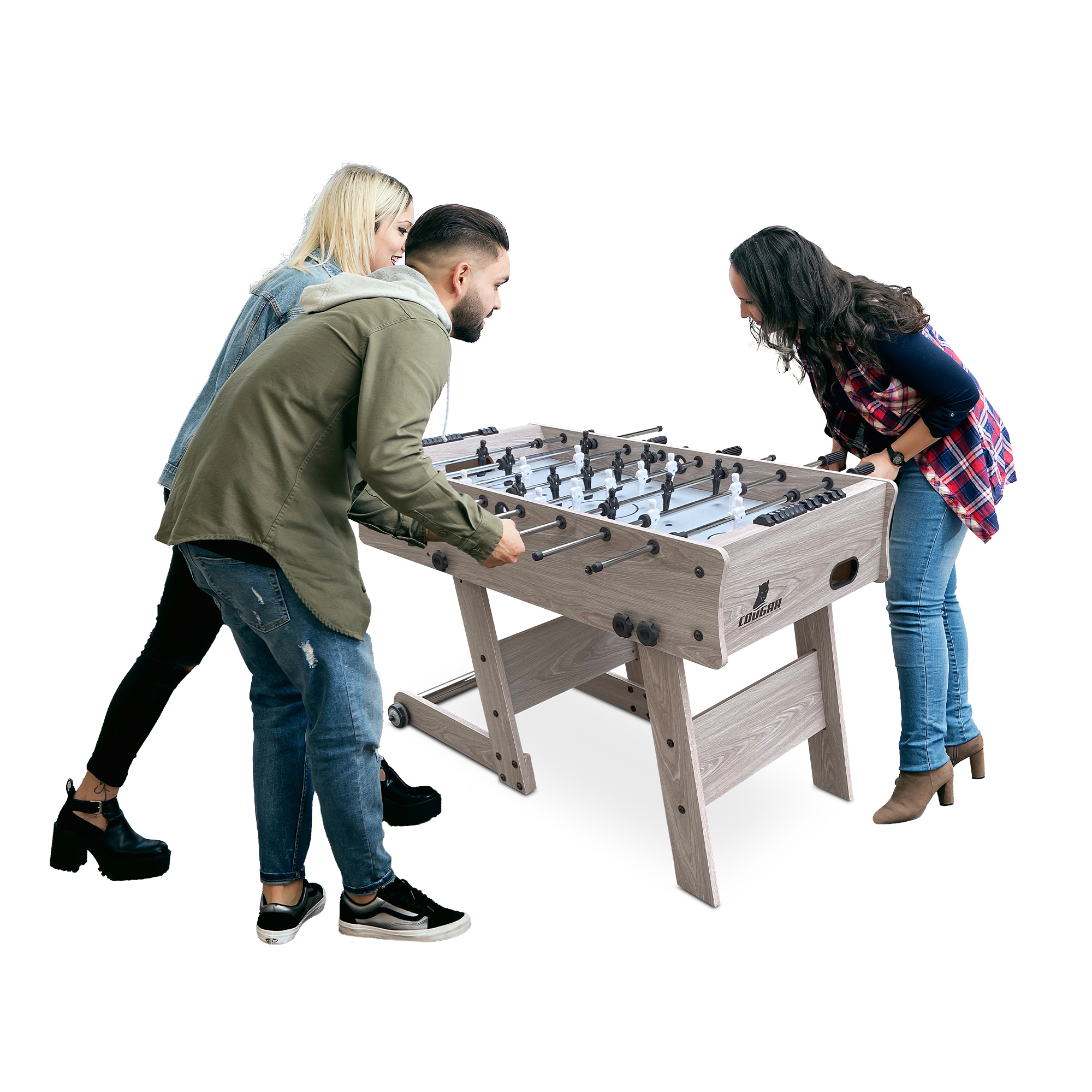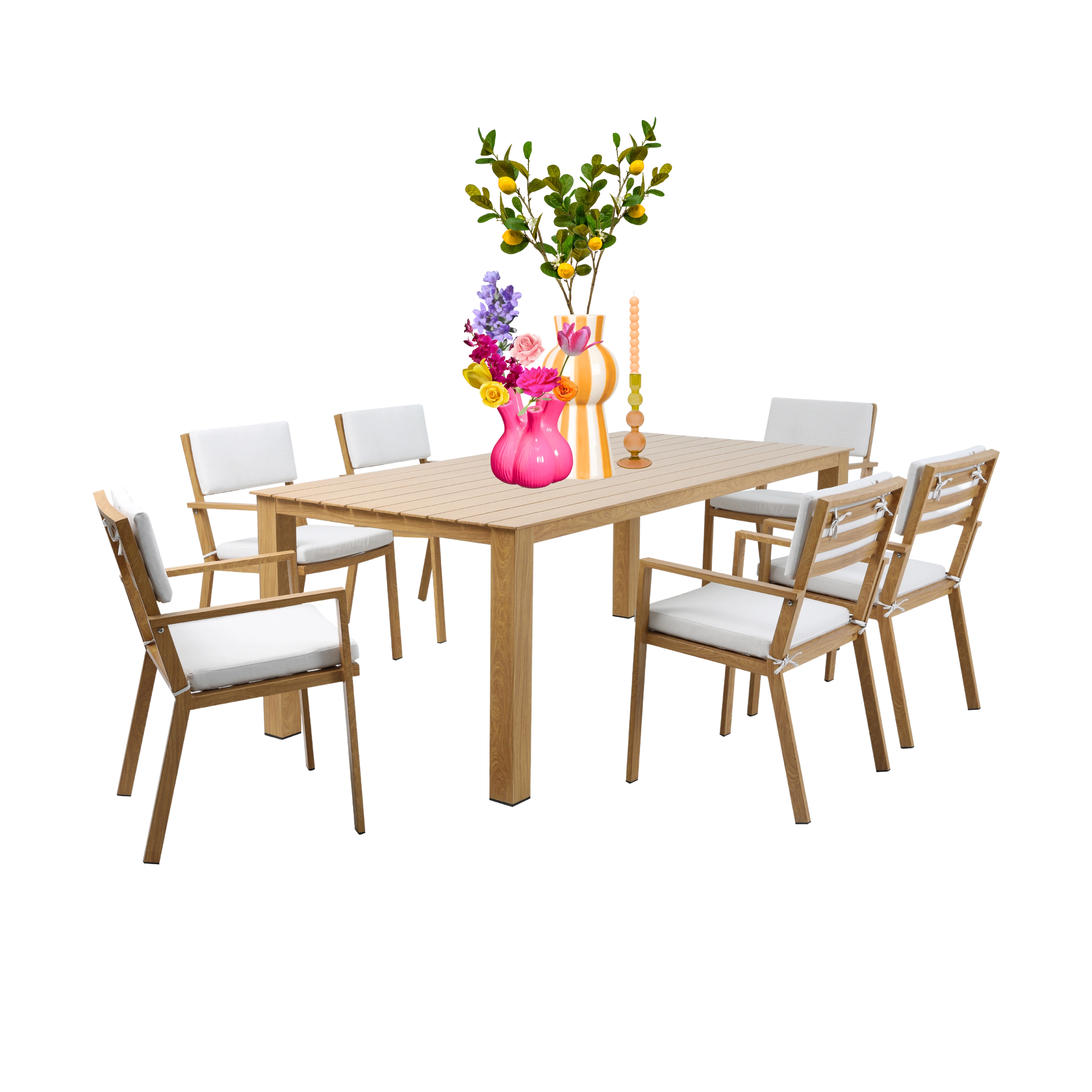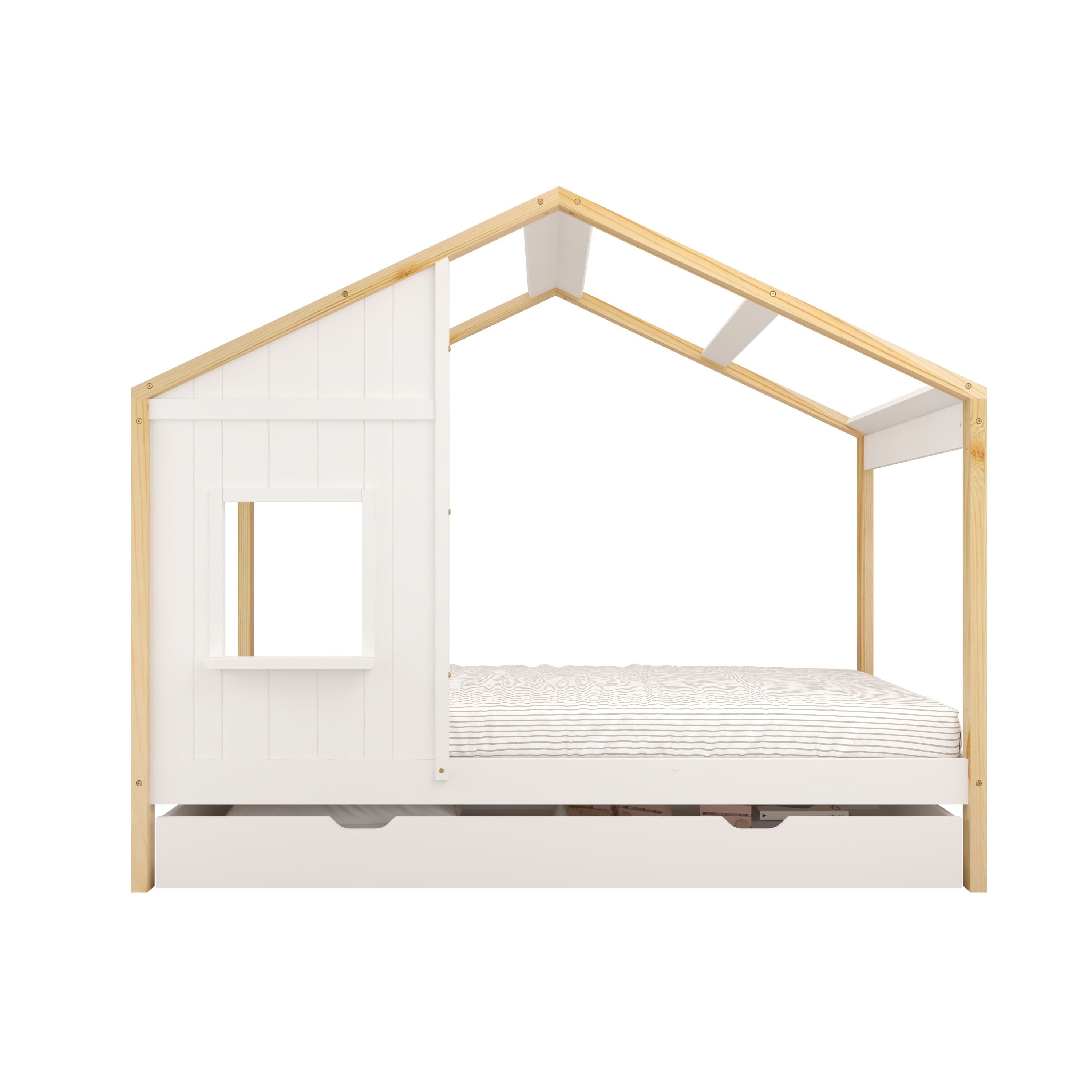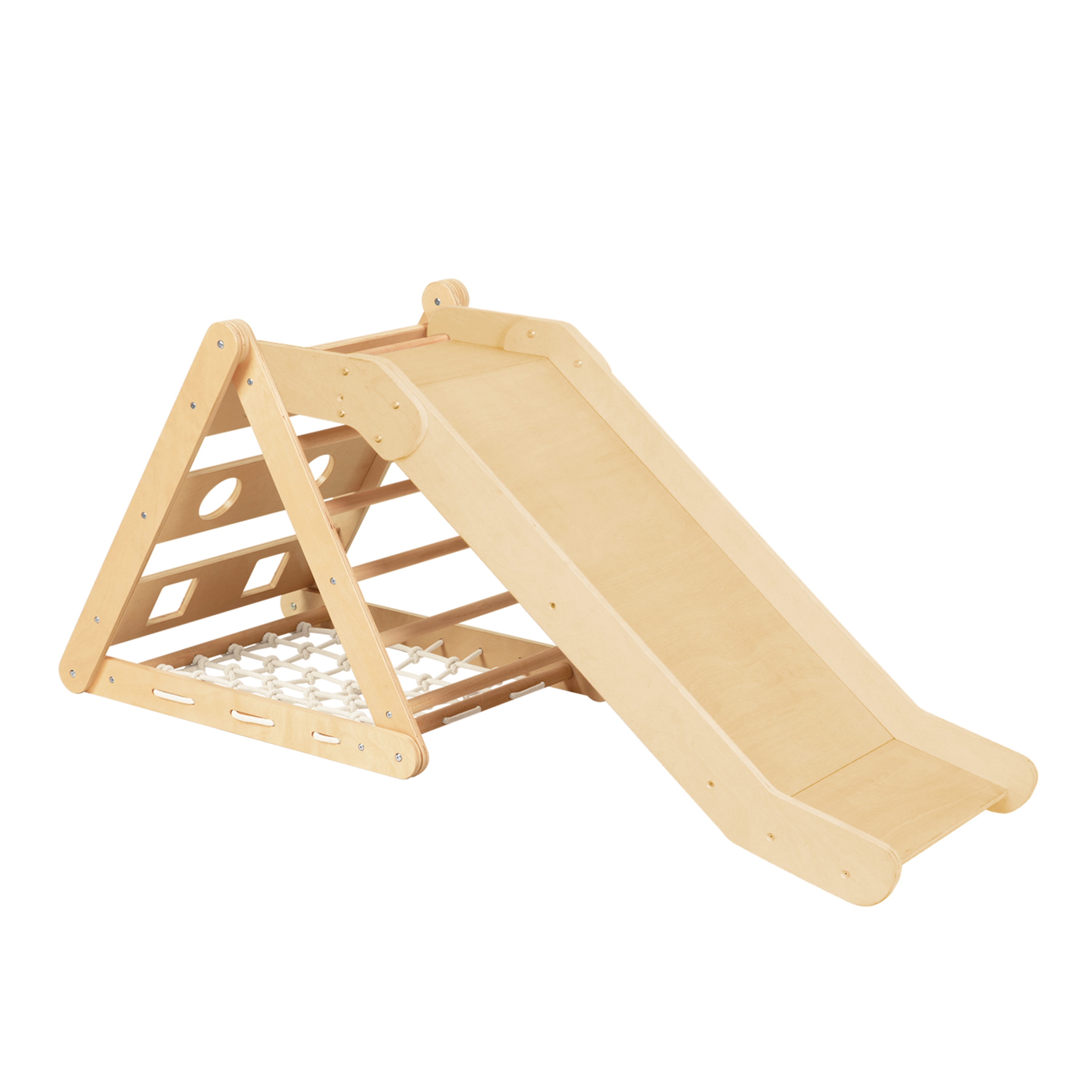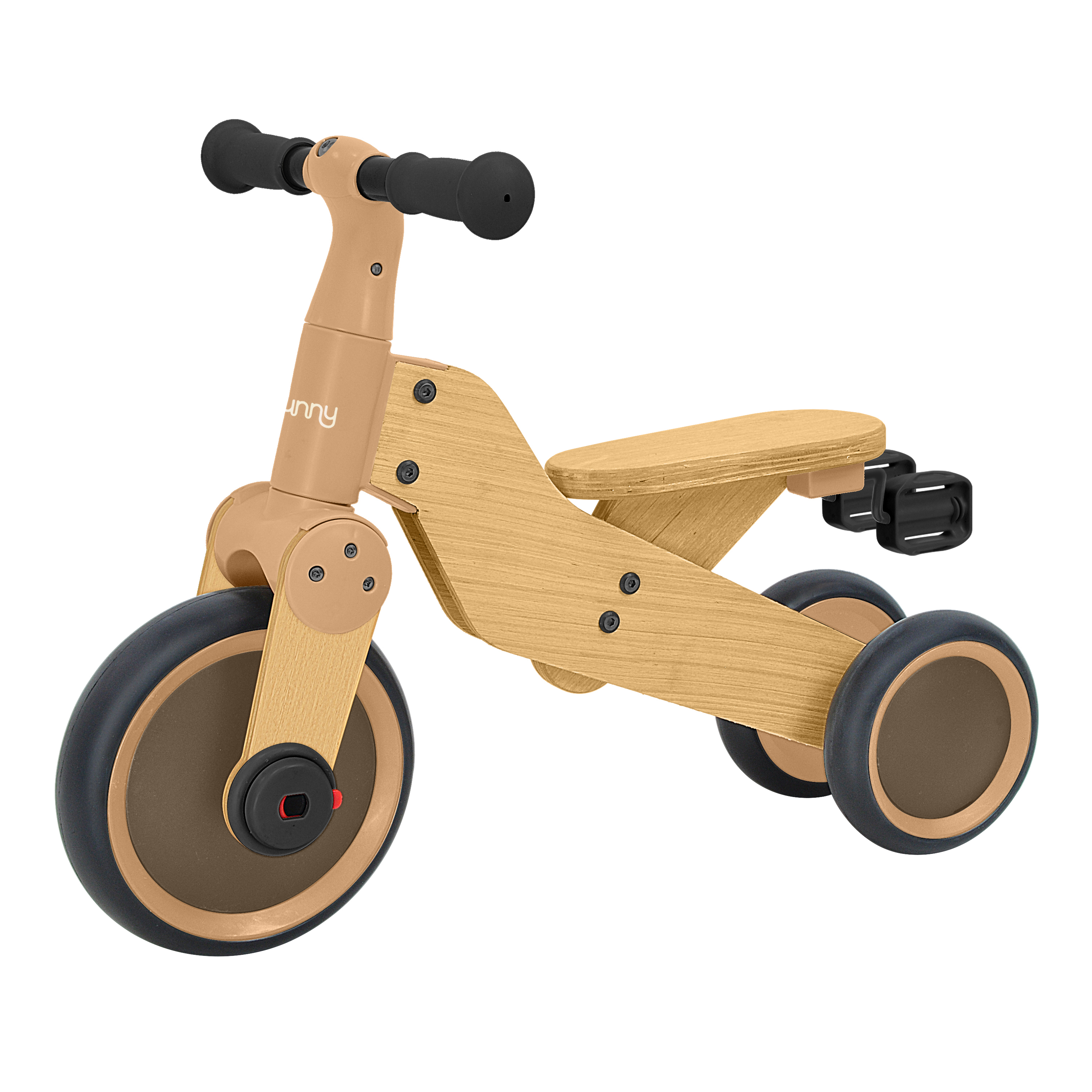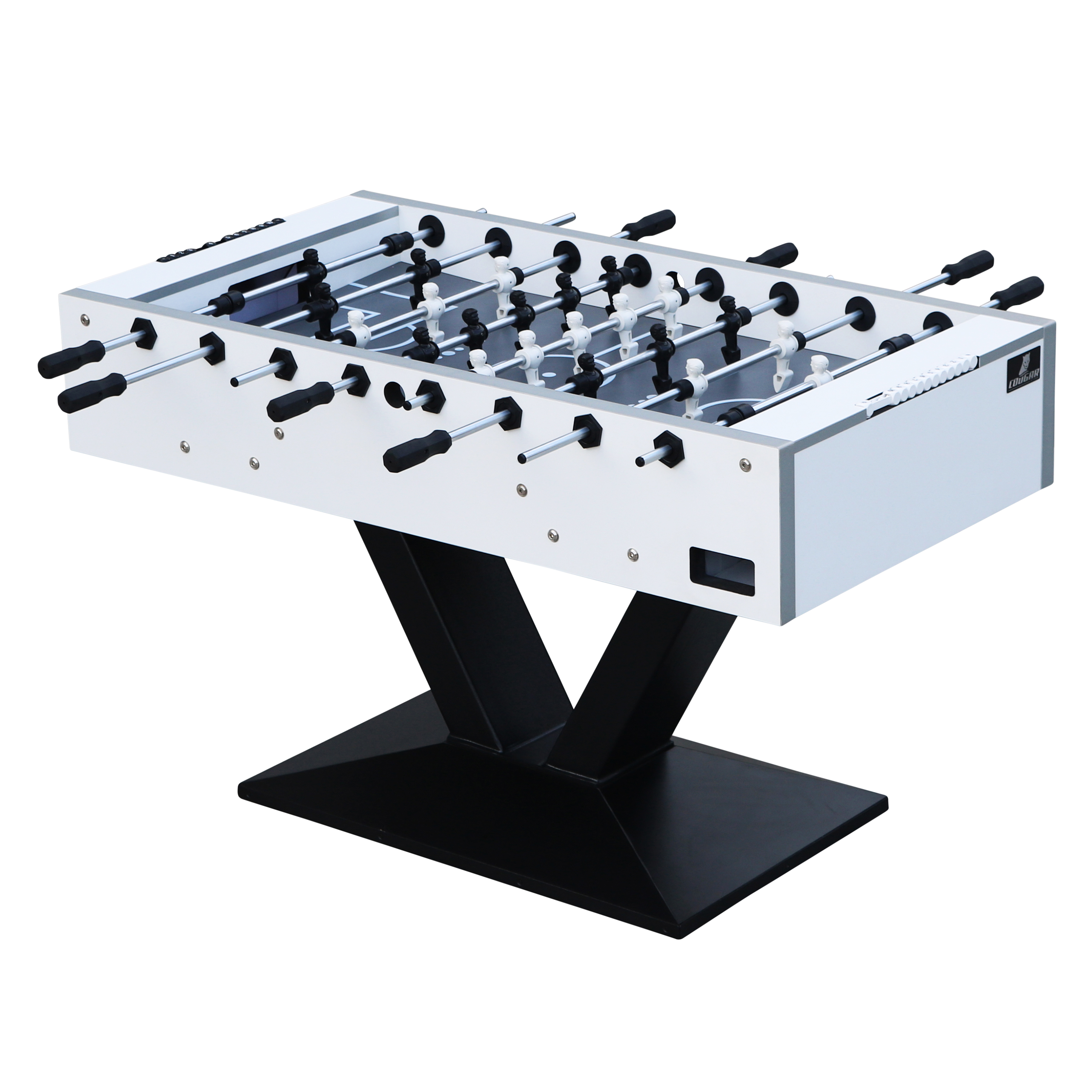
How to choose the right toys for different ages
Playing with toys is essential for your children's development. It not only helps them stay physically active but also improves their social and cognitive skills. But which toys are best suited for your child's age? In this blog, we provide tips on how to choose the right toys based on your child's age and development phase.
0-2 Years: safety and simple play
- Activity cubes: choose toys without small parts, made from non-toxic materials. With activity cubes, every crawl becomes an adventure! They support young children’s development and coordination.
- Baby swings: for the littlest ones, safety is the top priority. Opt for a supportive swing with straps to ensure both safety and fun.
- Water tables: when the sun shines, a water table is the perfect way to cool down. Even the youngest children can enjoy splashing and pouring water.
3-5 Years: discovering and learning
- Playhouses: imaginative playhouses take you on adventures. Slide down as fast as you can or swing back and forth to encourage physical activity. Perfect for this age group!
- Sandboxes: at this age, toys that inspire creativity are ideal. In the sandbox, you can enjoy exciting adventures. Will you build a sandcastle or dig for hidden treasures? Make up fun stories and play together.
- Learning bikes and balance bikes: kids are becoming more curious about the world around them. How fun would it be to explore on their own balance bike? Let them race through the garden or park, discovering new things while developing their balance and coordination.
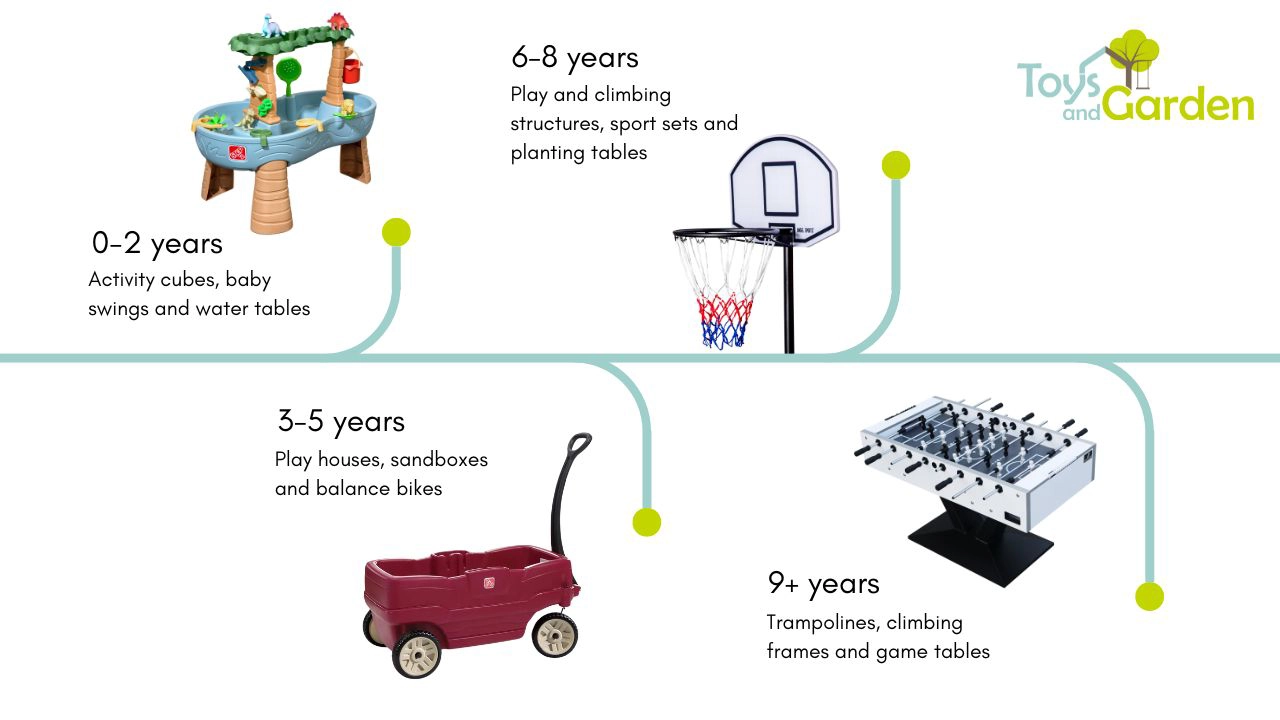
6-8 Years: active and adventurous
- Play frames and climbing frames: as children grow more active, they seek adventure. Play equipment supports the development of motor skills and strength.
- Sports sets: stay active by playing soccer, basketball or other games with sports sets. Have fun together and compete with others, all while improving social skills.
- Gardening tables: ever wanted your own little vegetable garden? Planting tables make it accessible. Watch as both the plants and your children grow a little more each day.
9+ Years: challenge and skills
- Trampolines: how great is it to gave a spot to burn off energy? Use the trampoline in the morning to wake up or in the evening to wind down. Have fun with friends and enjoy endless bouncing.
- Play frames: adding accessoires and extensions to play structures creates even more challenges and fun. Invent your own games and stay active all day long. Who can climb from one side to the other the fastest?
- Game tables: game tables come in all shapes and sizes. For this age group, a game table is perfect2. Play together or in teams and defeat your opponents! Can’t decide from the wide variety? A multi-game table might be just what you need.
Choosing the right toys for your children can have a significant impact on their development. Consider their age and abilities, and choose toys that challenge and stimulate them to play. This creates a safe, fun environment focused on growth and development.
40%
discount

